Two Curious French Naive Carved Walnut Architectural Models
Two Curious French Naive Carved Walnut Architectural Models
Probably based on the Louvre Palace in Paris
Both Carved with Napoleonic Associations
A: A cylinder with fretwork rose window to the top possibly used to insert discs of coloured glass to create a light box in front of a window beside which stand two pairs of gentlemen arm in arm and shaking hands underneath them inscriptions “J E Rome / Pierre’ and ‘Napoleon a Dre’
To the centre pediment is carved a battle scene with the Emperor on horseback on the left another shows Napoleon on his famous horse Marengo on the right a scene of a Soldier holding a gun preventing the Emperor’s entrance and underneath the motto ‘On N . Passe Pas’
Some losses to chain and cannon
Circa 1810 - 1820
B: A second architectural model signed and dated to the cylinder barrel ‘Boularot to 1849’ and to the other side ‘POC Rochel Bonaparte PC Paris’ a central figure of Napoleon standing with his telescope upon a concentric ball Four Figures of Gentlemen with Inlaid Glass Eyes stand Two to each side with Uplifted arms acting as Supporters to the Emperor
Underneath the left pair the words ‘Pierre 3’ and ‘Louis N2’ and on the right ‘Napoleon 2’ the central cylinder barrel with fretworked rose window hung about with interlinking chains the reverse has a hinged door to the bottom revealing a narrow chamber and carved with ’Boularot Aveyron NCA Estaing 1812’
Circa 1812 to 1849 (the figure of Napoleon 1880 - 90)
Size: 69cm high, 45cm wide, 16cm deep - 27¼ ins high, 17¾ ins wide, 6¼ ins deep / 65cm high, 48cm wide, 15.5cm deep - 25½ ins high, 19 ins wide, 6 ins deep
Probably based on the Louvre Palace in Paris
Both Carved with Napoleonic Associations
A: A cylinder with fretwork rose window to the top possibly used to insert discs of coloured glass to create a light box in front of a window beside which stand two pairs of gentlemen arm in arm and shaking hands underneath them inscriptions “J E Rome / Pierre’ and ‘Napoleon a Dre’
To the centre pediment is carved a battle scene with the Emperor on horseback on the left another shows Napoleon on his famous horse Marengo on the right a scene of a Soldier holding a gun preventing the Emperor’s entrance and underneath the motto ‘On N . Passe Pas’
Some losses to chain and cannon
Circa 1810 - 1820
B: A second architectural model signed and dated to the cylinder barrel ‘Boularot to 1849’ and to the other side ‘POC Rochel Bonaparte PC Paris’ a central figure of Napoleon standing with his telescope upon a concentric ball Four Figures of Gentlemen with Inlaid Glass Eyes stand Two to each side with Uplifted arms acting as Supporters to the Emperor
Underneath the left pair the words ‘Pierre 3’ and ‘Louis N2’ and on the right ‘Napoleon 2’ the central cylinder barrel with fretworked rose window hung about with interlinking chains the reverse has a hinged door to the bottom revealing a narrow chamber and carved with ’Boularot Aveyron NCA Estaing 1812’
Circa 1812 to 1849 (the figure of Napoleon 1880 - 90)
Size: 69cm high, 45cm wide, 16cm deep - 27¼ ins high, 17¾ ins wide, 6¼ ins deep / 65cm high, 48cm wide, 15.5cm deep - 25½ ins high, 19 ins wide, 6 ins deep
Aveyron is a department located in the north of the Occitane region of Southern France named after the Aveyron River in the prefecture of Rodez. Estaing is a community in the Aveyron.
Boularot is a family name associated with the area in the 18th century and 19th centuries so it is possible that this particular model was made by three generations of the same Boularot family. Begun in 1812 with additional modelling in 1849 and with the central figure of Napoleon completed probably at the end of the 19th century.
Scale models of buildings were systematic rather than inventive as they were made to represent a tangible structure that helped explain to potential clients the essentials of an architectural project. These models were produced by amateurs with an artistic flair and a sense of national patriotism and history and were instructive as well as decorative.
Boularot is a family name associated with the area in the 18th century and 19th centuries so it is possible that this particular model was made by three generations of the same Boularot family. Begun in 1812 with additional modelling in 1849 and with the central figure of Napoleon completed probably at the end of the 19th century.
Scale models of buildings were systematic rather than inventive as they were made to represent a tangible structure that helped explain to potential clients the essentials of an architectural project. These models were produced by amateurs with an artistic flair and a sense of national patriotism and history and were instructive as well as decorative.
Two Curious French Naive Carved Walnut Architectural Models
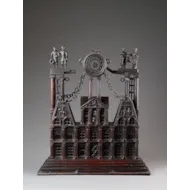
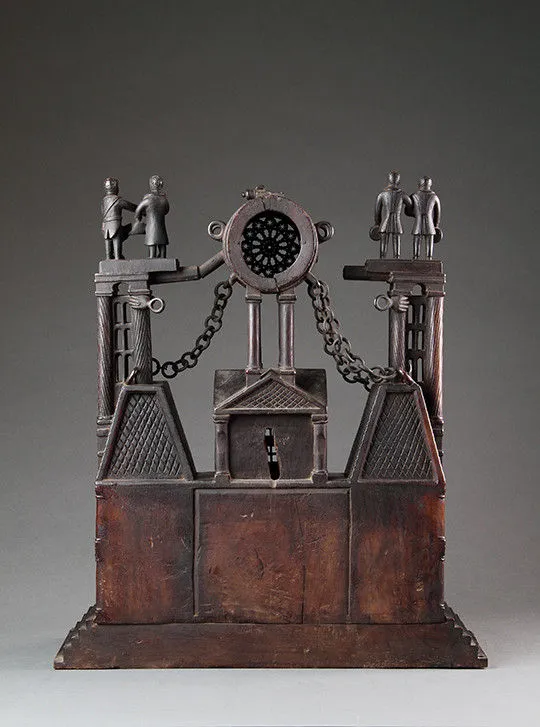
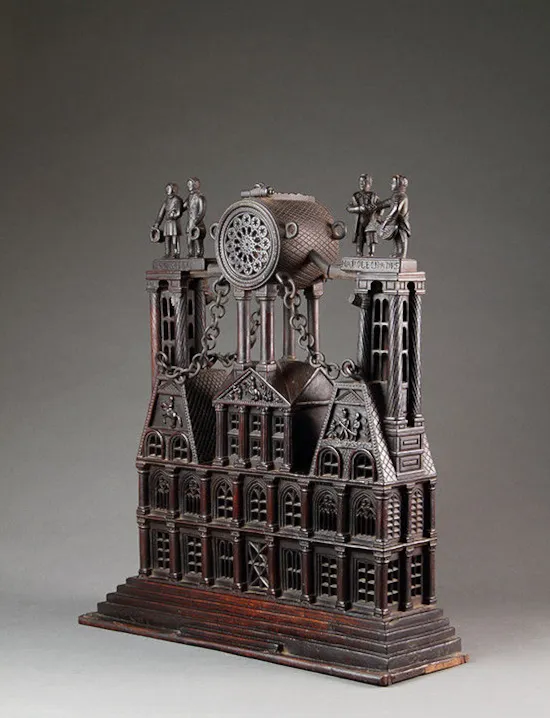
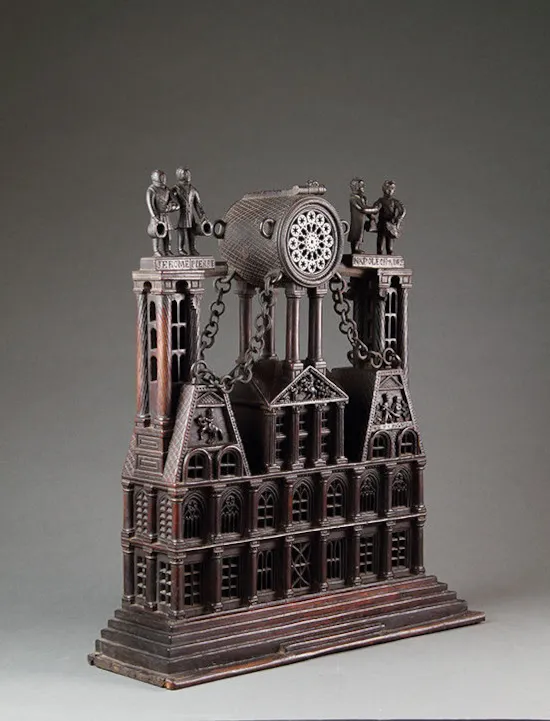
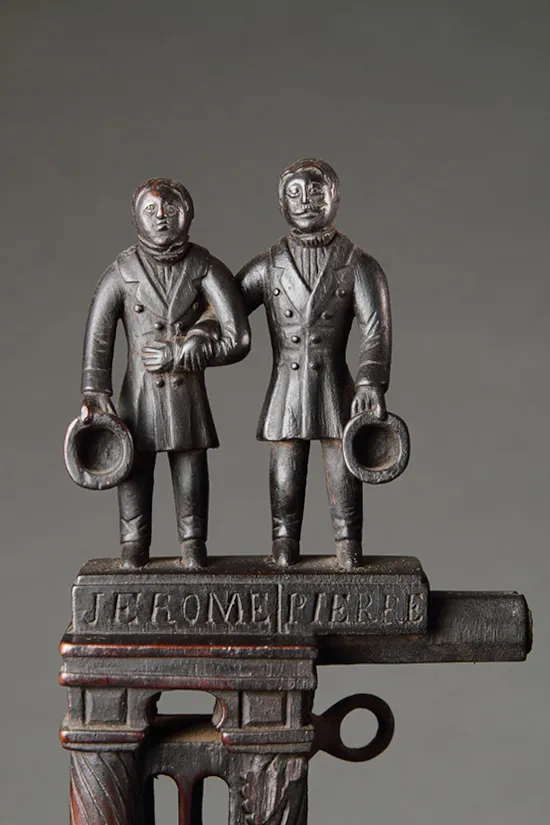
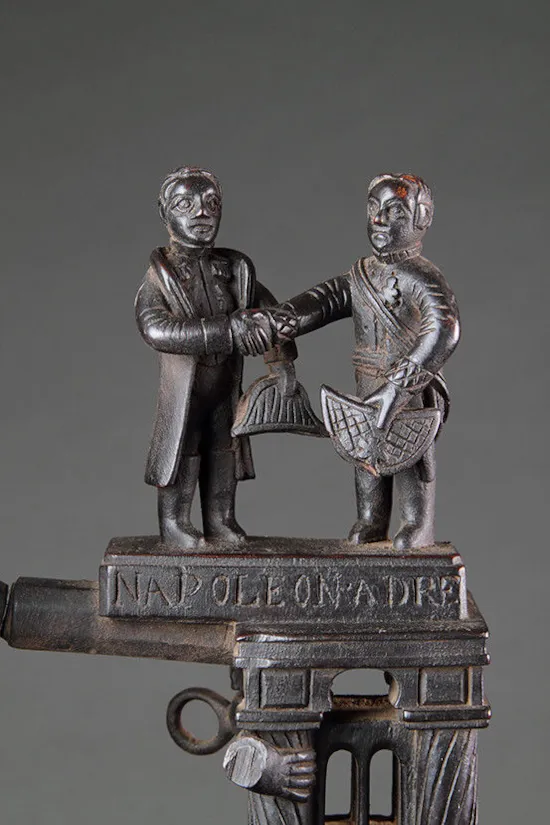
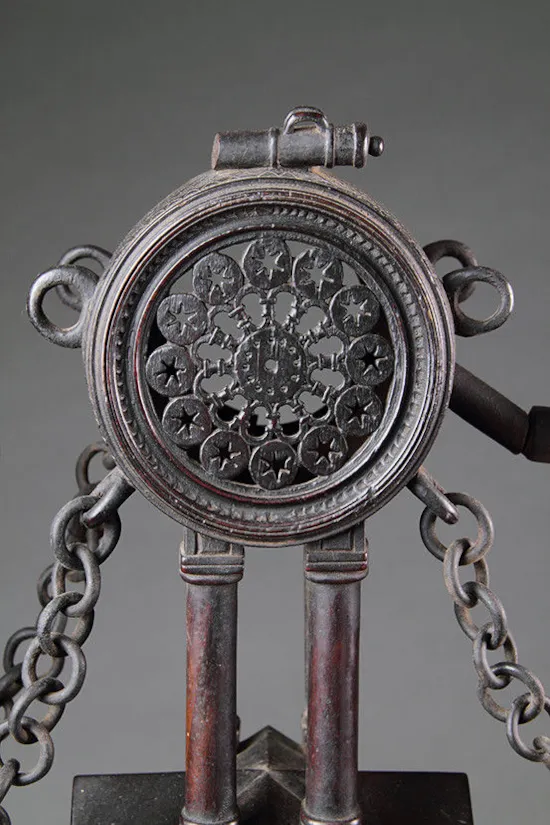
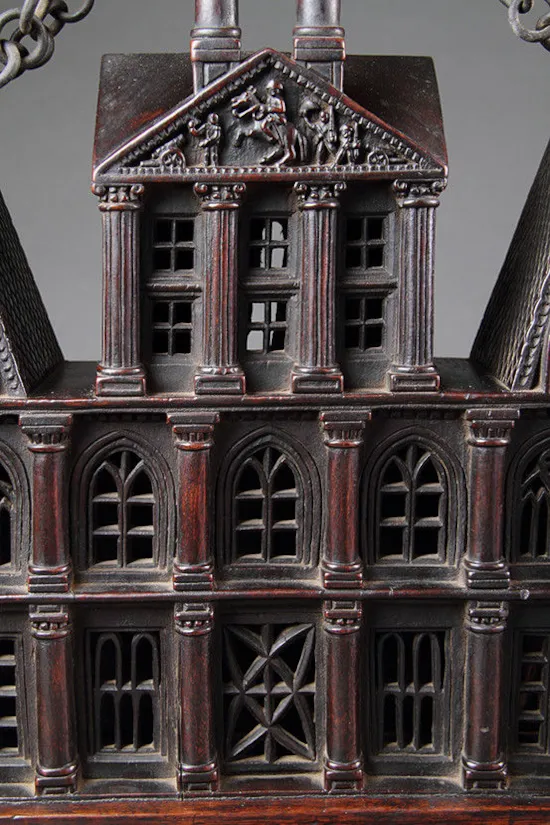
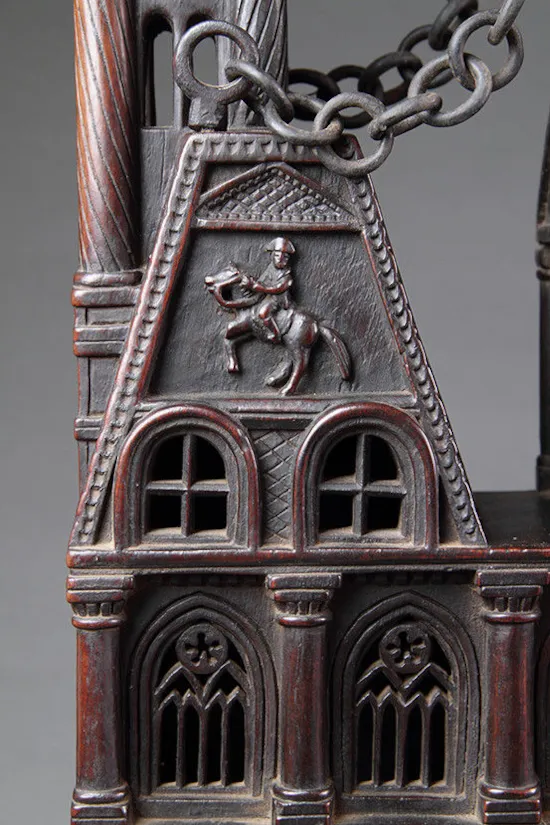
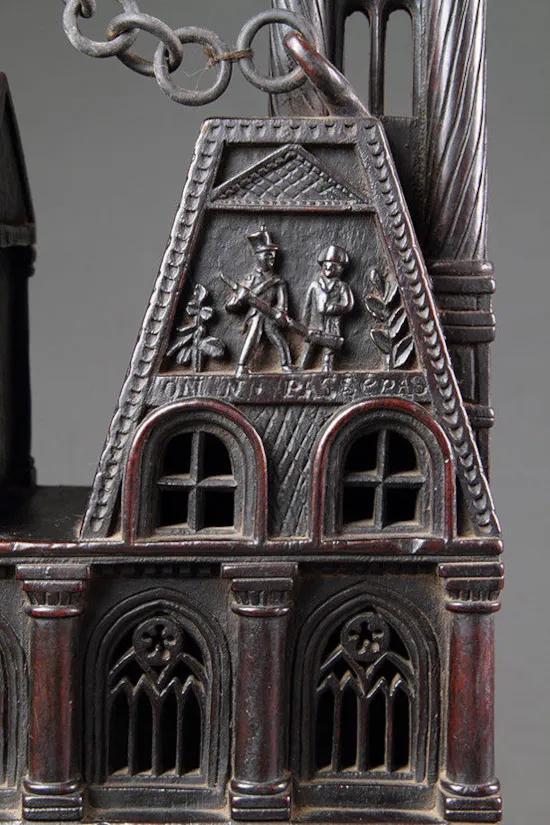

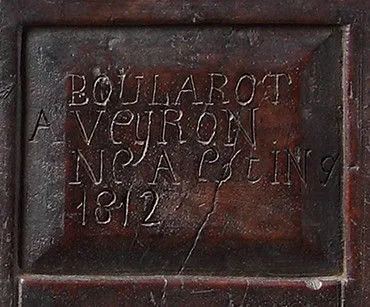
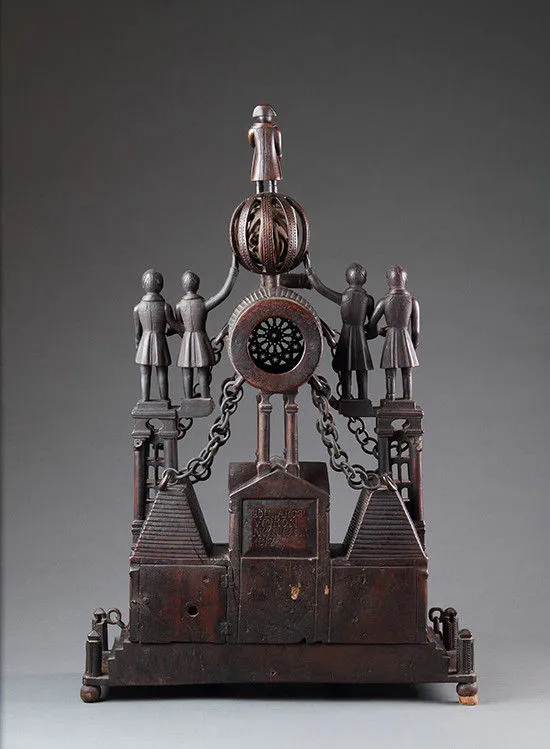
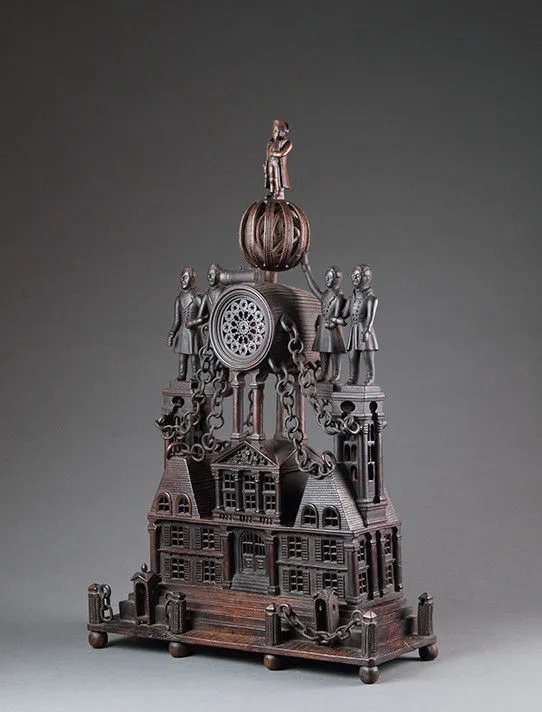
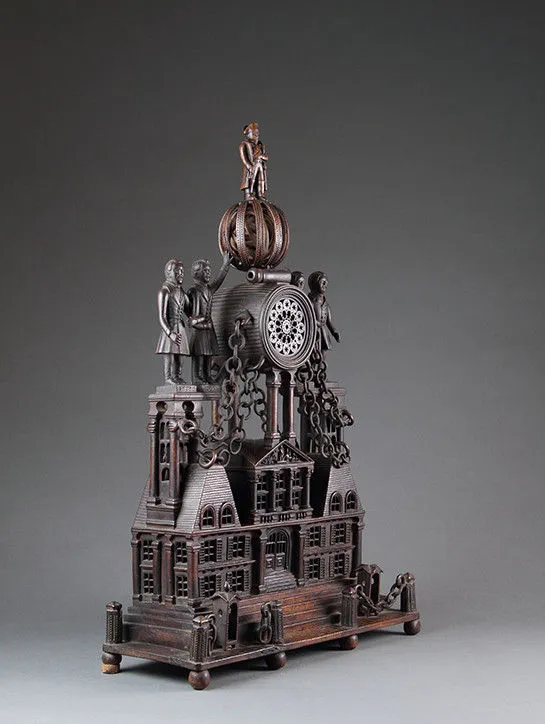
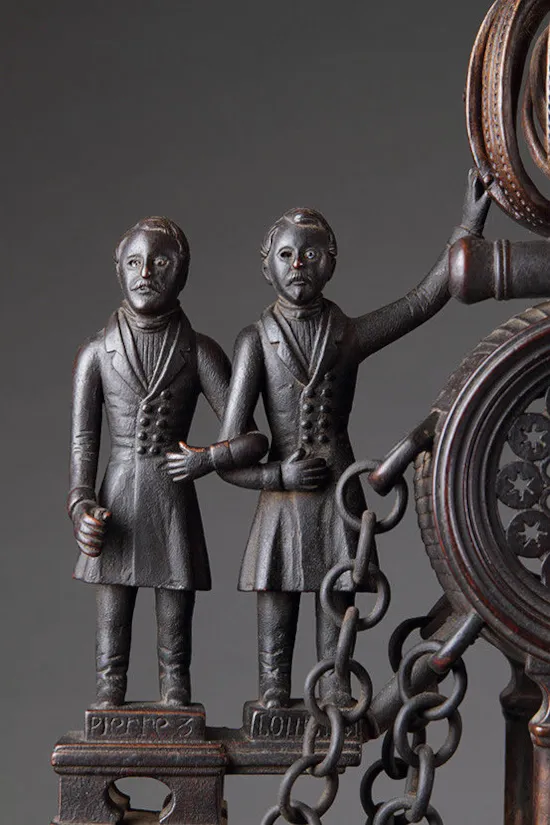
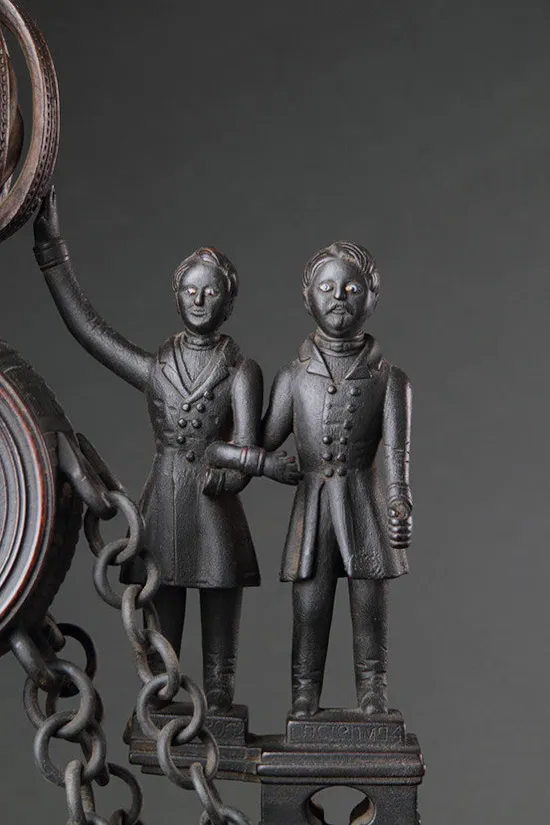
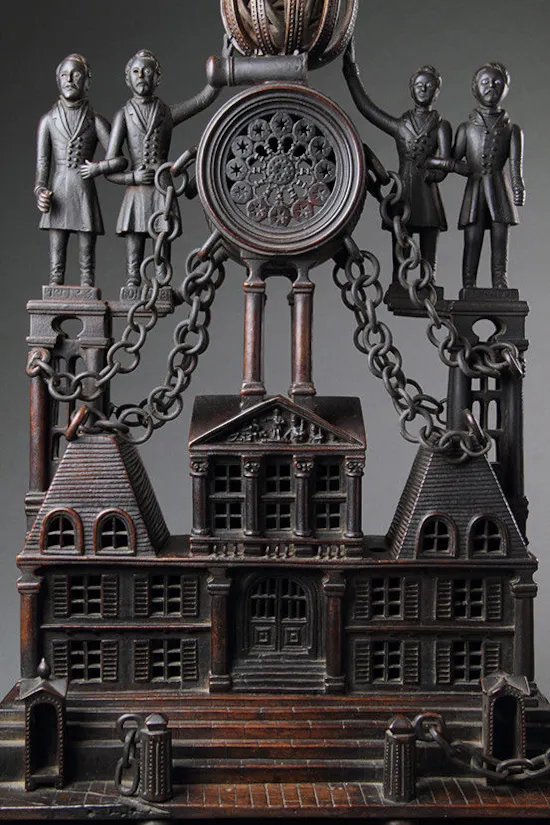
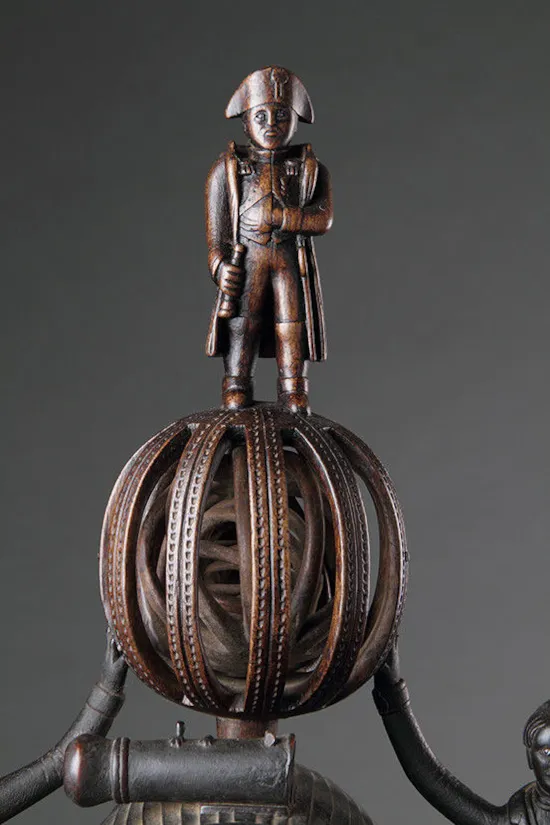
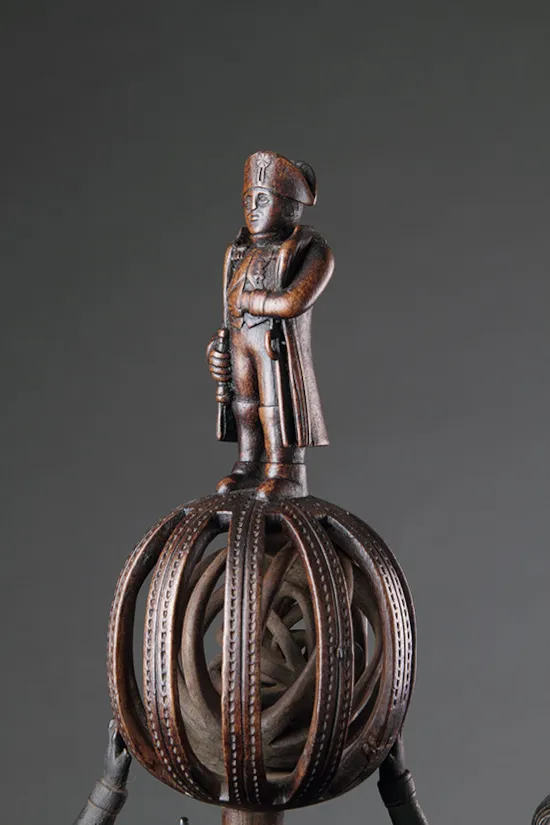
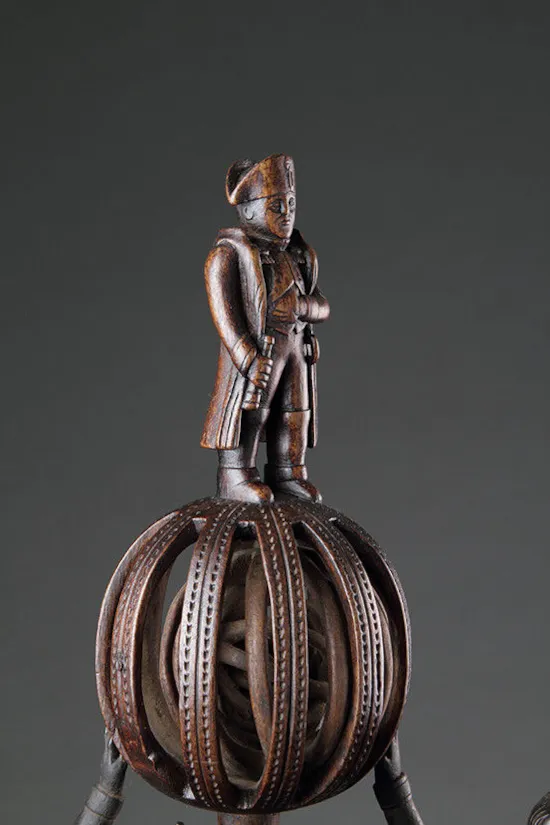




















YOU MAY ALSO LIKE

